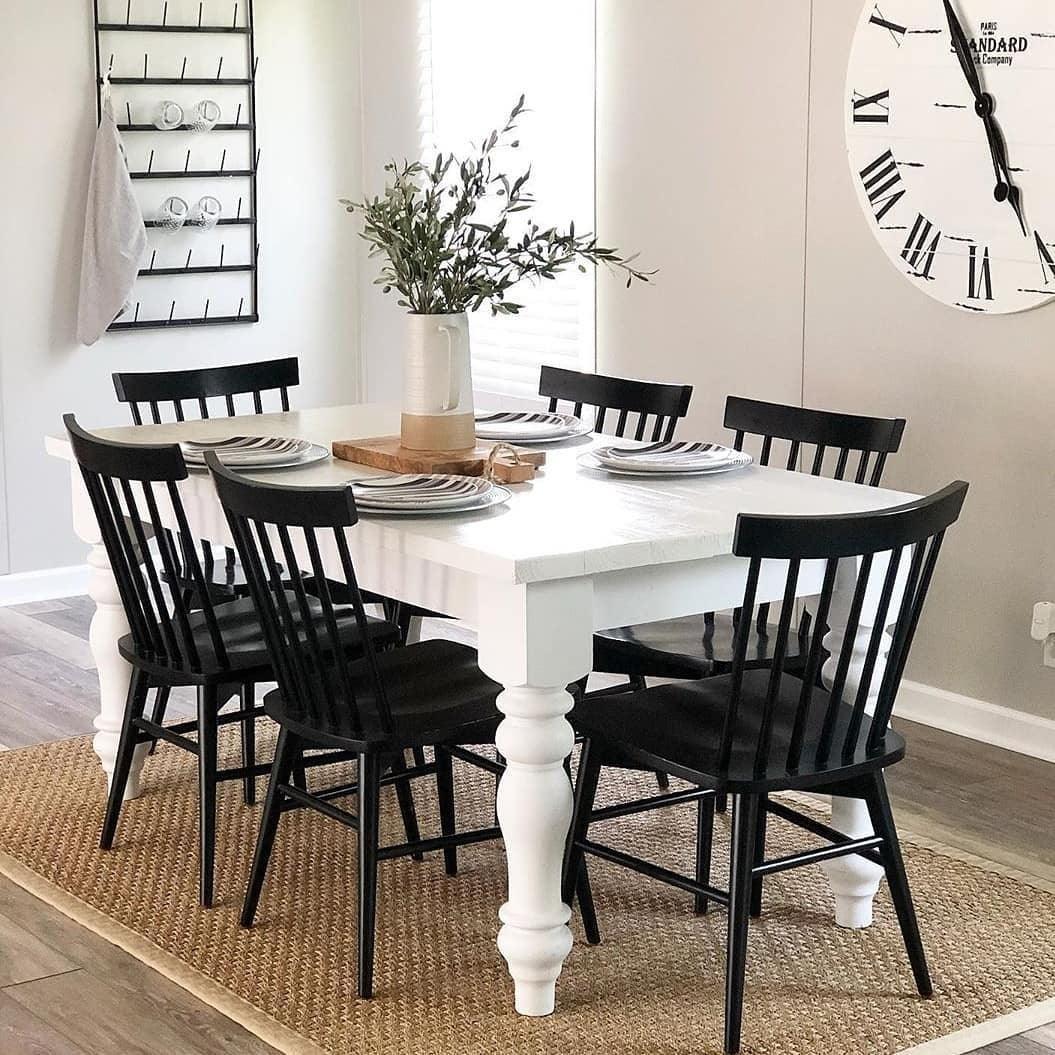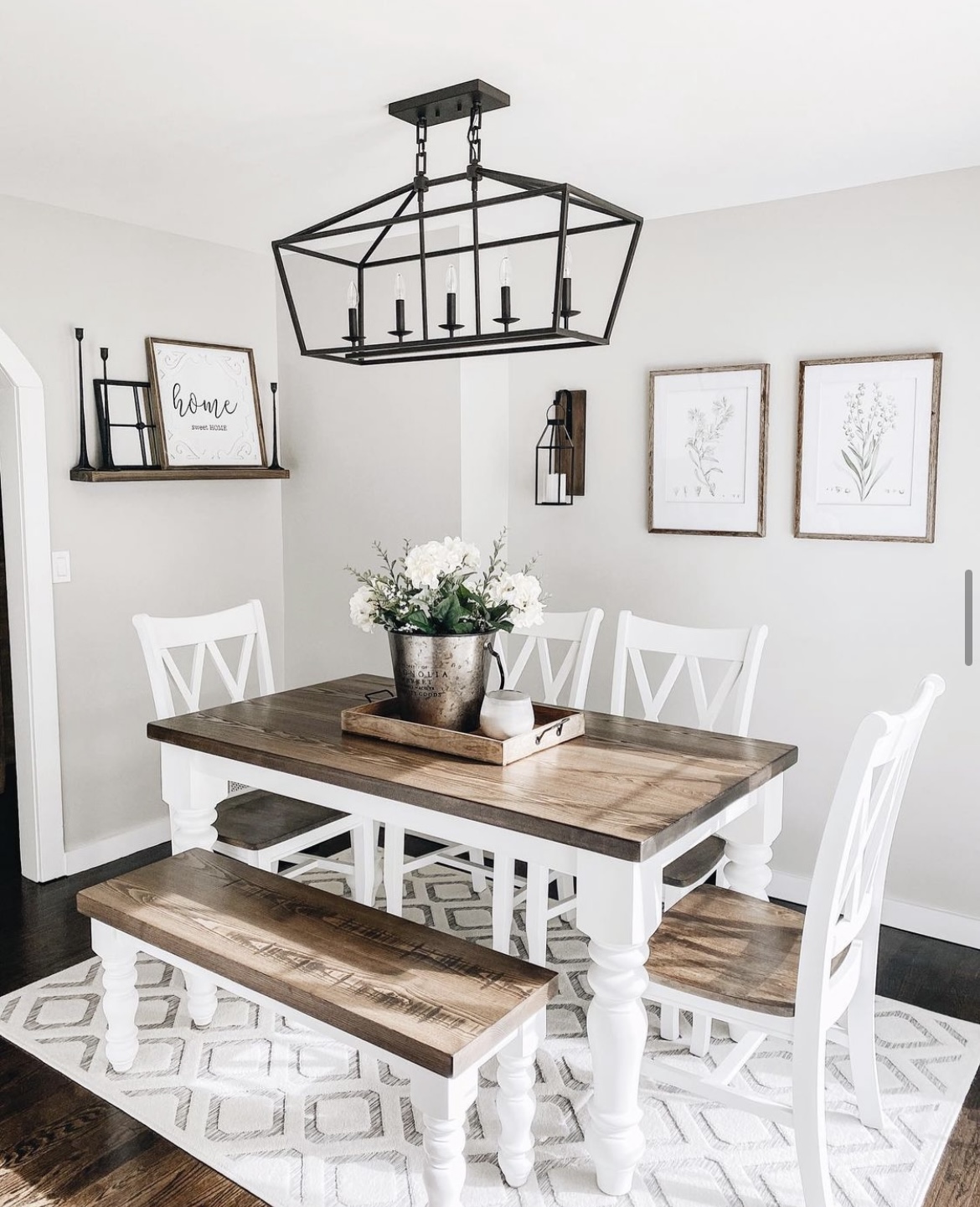How to Select the Perfect Eating Room Table Legs for Your Home Decor
Picking the ideal dining-room table legs is a nuanced process that requires cautious factor to consider of different elements, including your space restraints, aesthetic preferences, and useful needs. The interplay between designs, measurements, and materials can substantially influence the ambiance of your dining location, making it vital to approach this decision carefully. As you contemplate the myriad alternatives available, it comes to be clear that the best selection expands past plain appearance; it can enhance your general dining experience. What variables should you prioritize to ensure your choice matches your home's special character?
Assess Your Dining Space
Assessing your eating room is important for choosing the right table legs that complement both aesthetic appeals and capability. Begin by measuring the dimensions of your eating area, including ceiling height, floor room, and distance to various other furniture. This details will help identify the ideal dimension and height of your table, which straight influences the choice of table legs.
Next, take into consideration the style and layout of your dining room. An open-concept layout may benefit from table legs that provide visual lightness, such as slender steel or acrylic options. On the other hand, an extra traditional setup could require strong wood legs that provide a sense of durability.
Assess the existing color combination and materials in your dining area. Balancing the table legs with these aspects develops a cohesive appearance that enhances the general decor. In addition, consider the functionality required in your area. If you often organize big celebrations, consider legs that give extra assistance and security.
Eventually, an extensive analysis of your dining area will guide you in making an informed choice, guaranteeing that your table legs not only improve the aesthetic allure yet also serve sensible purposes.
Consider Your Style Preferences
When choosing dining-room table legs, it is vital to mirror on your personal style preferences, as they significantly affect the general visual of your dining room. Your choice of table legs can either complement or contrast with existing decoration, making it essential to align them with your preferred indoor design motif.
If your home leans in the direction of a modern visual, think about smooth steel or minimalist wood legs that supply a clean, clean look. For a much more conventional approach, luxuriant wood legs with detailed carvings can include a touch of style and elegance. Industrial designs gain from robust, resources such as recovered wood and steel mixes, showing a tough appeal.
In addition, farmhouse and rustic styles frequently prefer durable, chunky legs that stimulate a feeling of warmth and convenience. Conversely, if your decor is diverse, you could choose unusual forms or a mix of products to create aesthetic interest.

Evaluate Product Options
The option of material for dining space table legs plays a critical function in both longevity and aesthetic appeal. Common materials consist of timber, steel, and composite options, each offering distinct characteristics that can affect the overall appearance and long life of your table.
Timber is a traditional option, recognized for its warmth and adaptability. Hardwoods like oak and walnut supply phenomenal strength and can be completed in different spots to match any decor. Softwoods like want are much more susceptible to dents and scratches, making them less excellent for high-traffic locations.
Steel legs, typically crafted from steel or aluminum, radiate modernity and commercial beauty. They are immune and extremely sturdy to use, making them appropriate for households with youngsters or frequent events (dining room table legs). In addition, metal can be ended up in various colors, enhancing the customization possibilities
Composite products, such as MDF or laminate, offer price and diverse designs. While generally much less long lasting than strong wood or steel, they can still supply an elegant look and are usually easy to maintain.
Ultimately, the product you pick should straighten with your way of living, aesthetic preferences, and the level of usage your eating table will certainly experience.
Determine Elevation and Size
Selecting the suitable elevation and dimension for your eating space table is necessary for both capability and comfort. The common height for eating tables usually ranges from 28 to 30 inches, permitting ample legroom for most people when seated. Nonetheless, it is important to consider the measurements of your dining space and the sorts of chairs you intend to make use of.

Moreover, take into consideration the proportions of your dining area. A bigger table in a roomy area can develop a grand ambiance, while a smaller table works well in even more intimate settings. Eventually, the ideal elevation and size will certainly harmonize with your overall style and enhance the eating experience for you and your visitors.
Explore Personalization Possibilities

Furthermore, the style of the legs can be personalized learn the facts here now to fit numerous designs, such as rustic, modern, or industrial. For example, tapered legs can evoke a mid-century modern-day feel, while chunky, block-style legs might resonate with conventional or farmhouse design.
House owners can likewise explore color finishes, from all-natural timber spots to paint, enabling them to match or comparison with the table top and bordering design.
Additionally, leg height can be gotten used to the original source fit specific seating plans or individual preferences, improving both convenience and capability.
Finally, unique decorations, such as makings or attractive braces, can even more customize the table legs, making the eating experience not simply a meal but a declaration item in the home. By thinking about these customization choices, homeowners can produce an eating area table that really mirrors their individuality.
Conclusion
Choosing the suitable dining-room table legs needs mindful consideration of different aspects, including the measurements of the eating space, style preferences, material sturdiness, and preferred elevation. Modification choices additionally improve the capability to attain a natural visual that matches the general decoration. By methodically reviewing these aspects, homeowners can guarantee that the chosen table legs not only satisfy functional requirements but likewise add favorably to the eating experience and setting of the home.
Picking the optimal dining area table legs is a nuanced procedure that requires cautious consideration of different aspects, including your space restraints, aesthetic preferences, and useful demands.Evaluating your eating room is essential for selecting the right table legs that complement both visual appeals and performance.When establishing size, gauge the location where the table will certainly be positioned look at here to guarantee it fits comfortably, allowing for at the very least 36 inches of clearance around the table for easy motion. A bigger table in a spacious location can create a grand atmosphere, while a smaller table functions well in more intimate settings.Selecting the optimal eating room table legs needs careful consideration of different variables, consisting of the measurements of the eating room, design preferences, product durability, and wanted height.